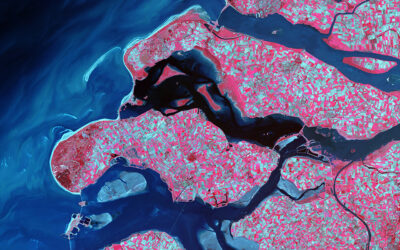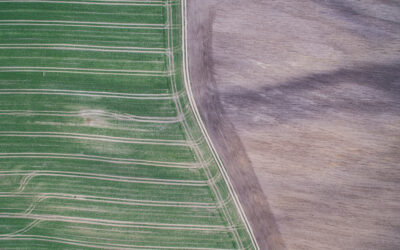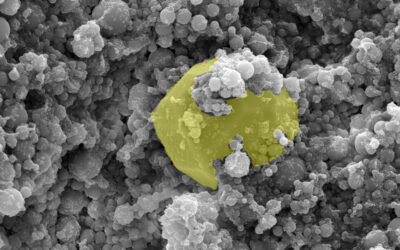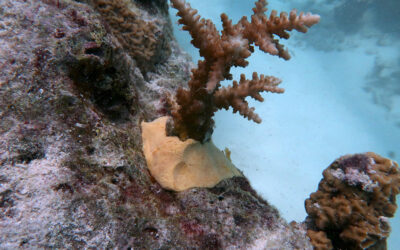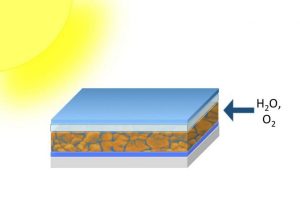 Due to the need to develop efficient, low cost photovoltaics, different emerging photovoltaic technologies have been attracting increasing attention. Among these, technologies based on organic materials (perovskite, polymer, and dye-sensitized solar cells (DSSCs)) are particularly interesting since they have potential for fabrication of large area and/or flexible solar cells and modules. In terms of efficiency, perovskite solar cells clearly outperform dye-sensitized and polymer solar cells, with record efficiency comparable to that of the well-established CdTe and CIGS thin film technologies despite the fact that their development is very recent. However, successful commercialization of a new photovoltaic technology requires not only high efficiency but also good stability of devices and modules, including stability under illumination and outdoor operation.
Due to the need to develop efficient, low cost photovoltaics, different emerging photovoltaic technologies have been attracting increasing attention. Among these, technologies based on organic materials (perovskite, polymer, and dye-sensitized solar cells (DSSCs)) are particularly interesting since they have potential for fabrication of large area and/or flexible solar cells and modules. In terms of efficiency, perovskite solar cells clearly outperform dye-sensitized and polymer solar cells, with record efficiency comparable to that of the well-established CdTe and CIGS thin film technologies despite the fact that their development is very recent. However, successful commercialization of a new photovoltaic technology requires not only high efficiency but also good stability of devices and modules, including stability under illumination and outdoor operation.
 Djurišić et al. provide an overview on the current research progress regarding the stability and lifetime for perovskite, polymer, and dye-sensitized solar cells. Each type of devices exhibits specific degradation mechanisms and varied sensitivity to moisture, heating, as well as UV illumination. The obtained research results for three emerging photovoltaic technologies have been discussed comparatively and their future outlook has been reviewed. In terms of stability, inverted polymer solar cells using active materials with improved thermal and photo-stability have been identified as most promising. DSSCs are clearly ahead of the other two technologies in terms of the existing commercial development, though they are likely to be replaced by perovskite solar cells if sufficient stability can be demonstrated. The main challenges facing perovskite solar cells are demonstration of large area modules, development of reliable encapsulation techniques to address extreme sensitivity to moisture, the demonstration of stability exceeding 1000 h under illumination and/or in outdoor testing conditions, and addressing the end-of-life disposal problem if no replacement for Pb-based perovskites is found.
Djurišić et al. provide an overview on the current research progress regarding the stability and lifetime for perovskite, polymer, and dye-sensitized solar cells. Each type of devices exhibits specific degradation mechanisms and varied sensitivity to moisture, heating, as well as UV illumination. The obtained research results for three emerging photovoltaic technologies have been discussed comparatively and their future outlook has been reviewed. In terms of stability, inverted polymer solar cells using active materials with improved thermal and photo-stability have been identified as most promising. DSSCs are clearly ahead of the other two technologies in terms of the existing commercial development, though they are likely to be replaced by perovskite solar cells if sufficient stability can be demonstrated. The main challenges facing perovskite solar cells are demonstration of large area modules, development of reliable encapsulation techniques to address extreme sensitivity to moisture, the demonstration of stability exceeding 1000 h under illumination and/or in outdoor testing conditions, and addressing the end-of-life disposal problem if no replacement for Pb-based perovskites is found.
The text is kindly provided by Aleksandra B. Djurišić












